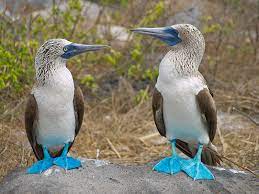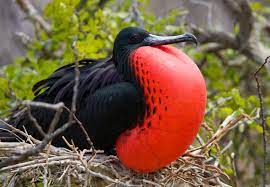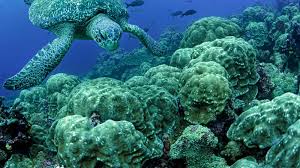
Linda Wellington took us on a tour of the Galapagos Islands at our last meeting on 17 November. This was a boat trip which involved sailing around the significant islands in the group.
She intrigued and educated our club, holding our attention captive with her presentation.
David Barnes reports.
The Islands are located about 1,000 kms off the coast of mainland Ecuador and have a resident population of about 25,000. 

The archipelago is situated on the Nazca Plate which is moving East and moving under the South American Plate. It also consists of many active volcanoes and the terrain is young and evolving,
As well as being a stopping place for the Spanish fleet, the Islands were studied by Charles Darwin as an example of a place in which natural evolution and selection has taken place, as species adapt to their local conditions. The Islands have unique species due to the semi-desert like landscapes.
The oceans are very cold there despite the Islands being close to the Equator. This is due to the Humboldt Current, which consists of particularly cold streams of water which flow northwards on the Western side of South America. This means that the water is much colder than one would expect. Species there have adapted to this environment, creating endemic wildlife.
Examples of this include the marine iguana, which uniquely can swim as well and move on the land. This enables it to also search for rich, marine food sources such algae, in a landscape which is barren. Other species include the Galapagos tortoise and the albatross, which have a size and characteristics which give them the capability to thrive in such an isolated environment.
Linda's presentation featured many beautiful photos which illustrated the unique landscapes and wildlife - and which probably made us all want to book for the next available trip to the Islands!!



